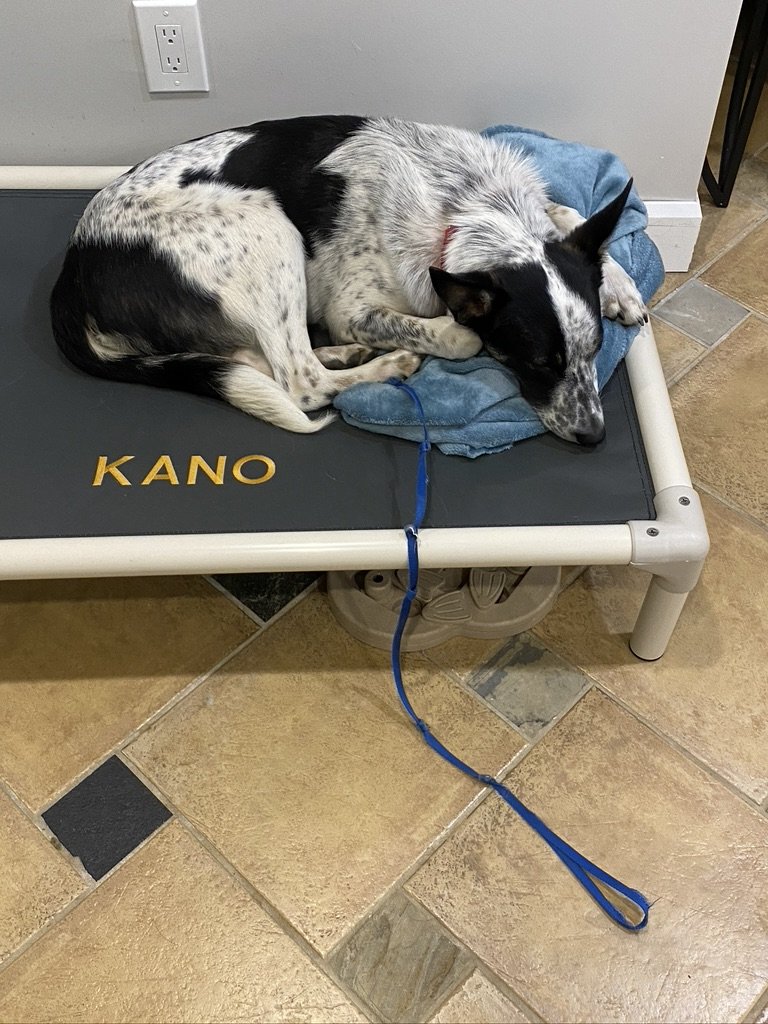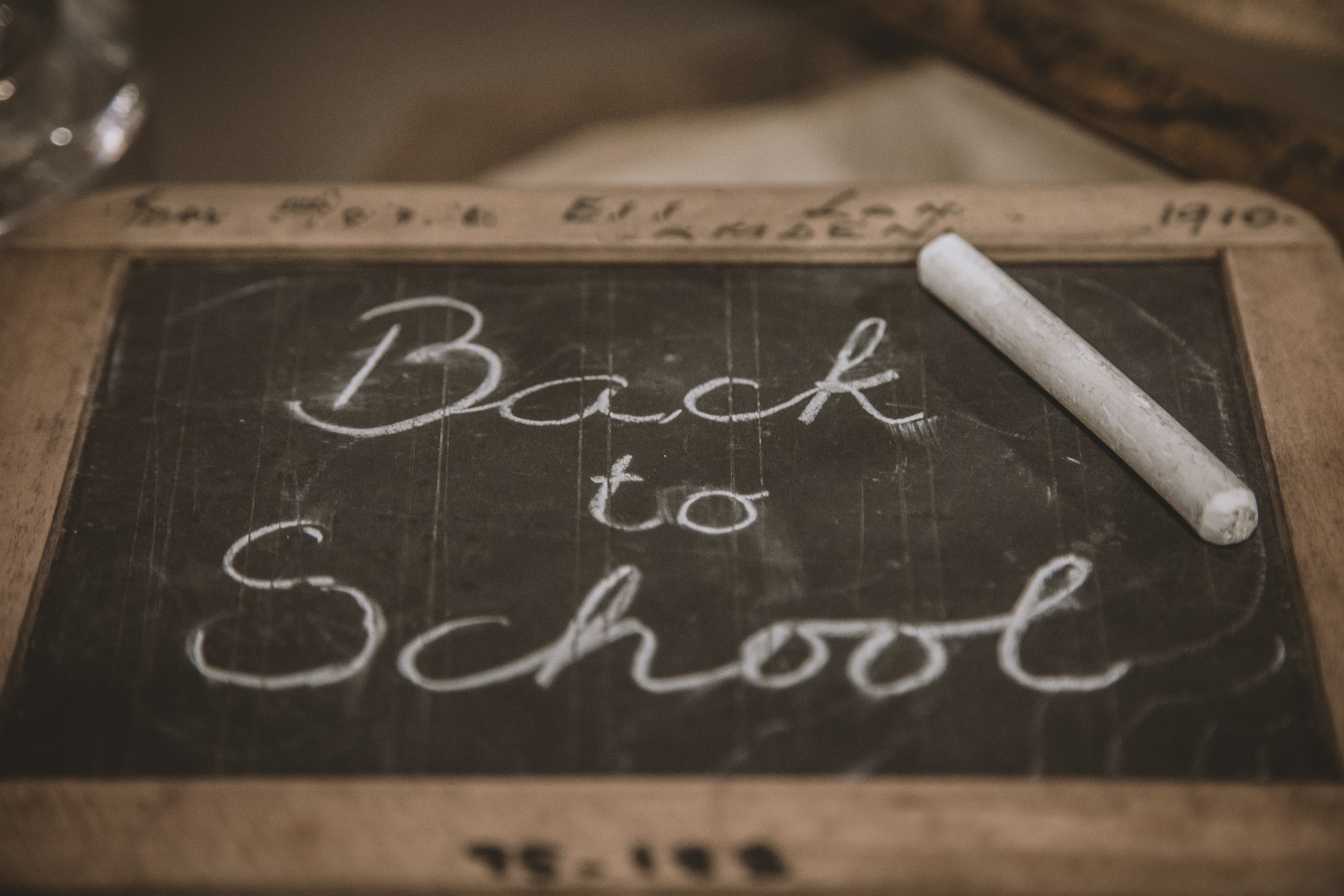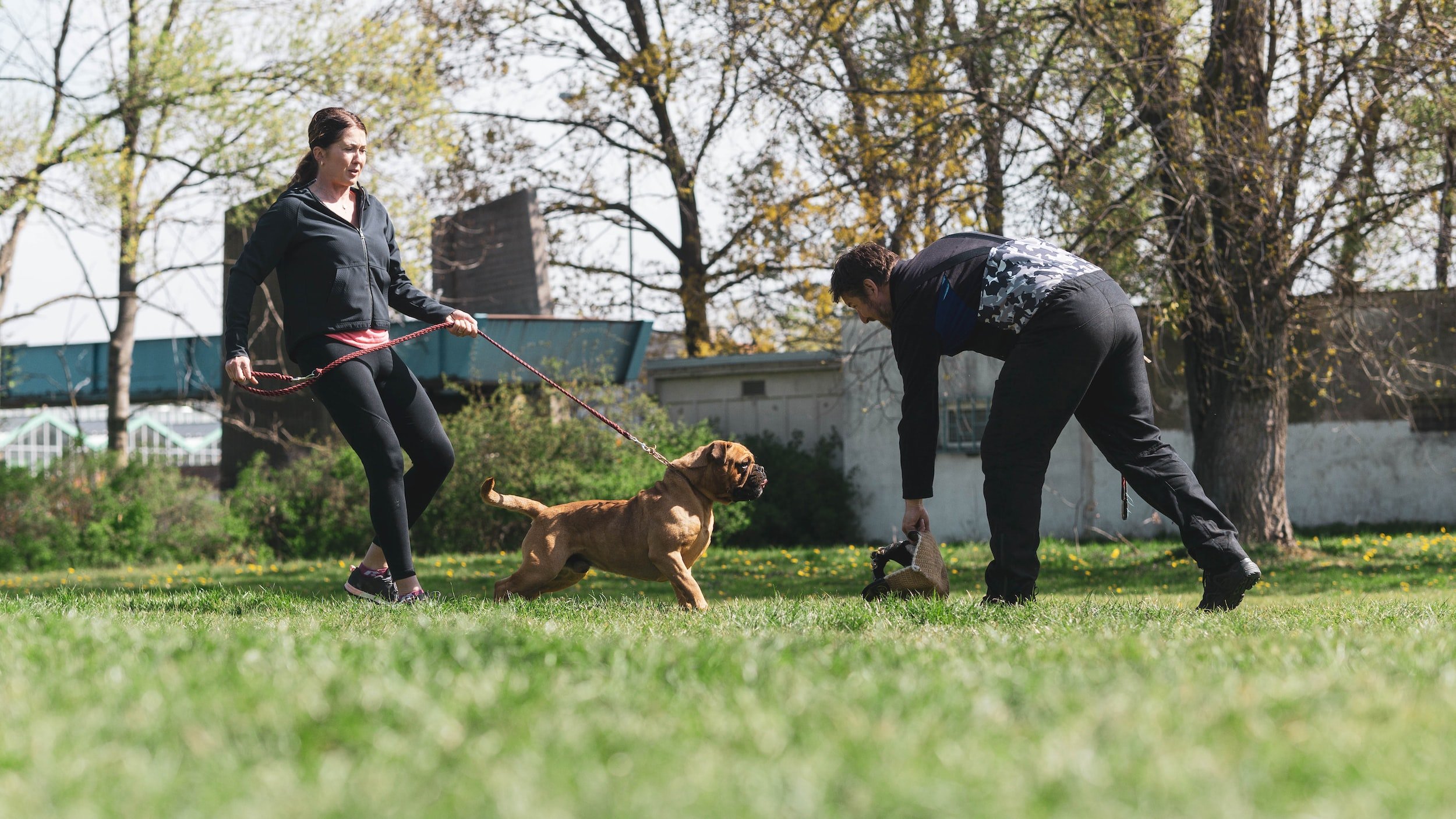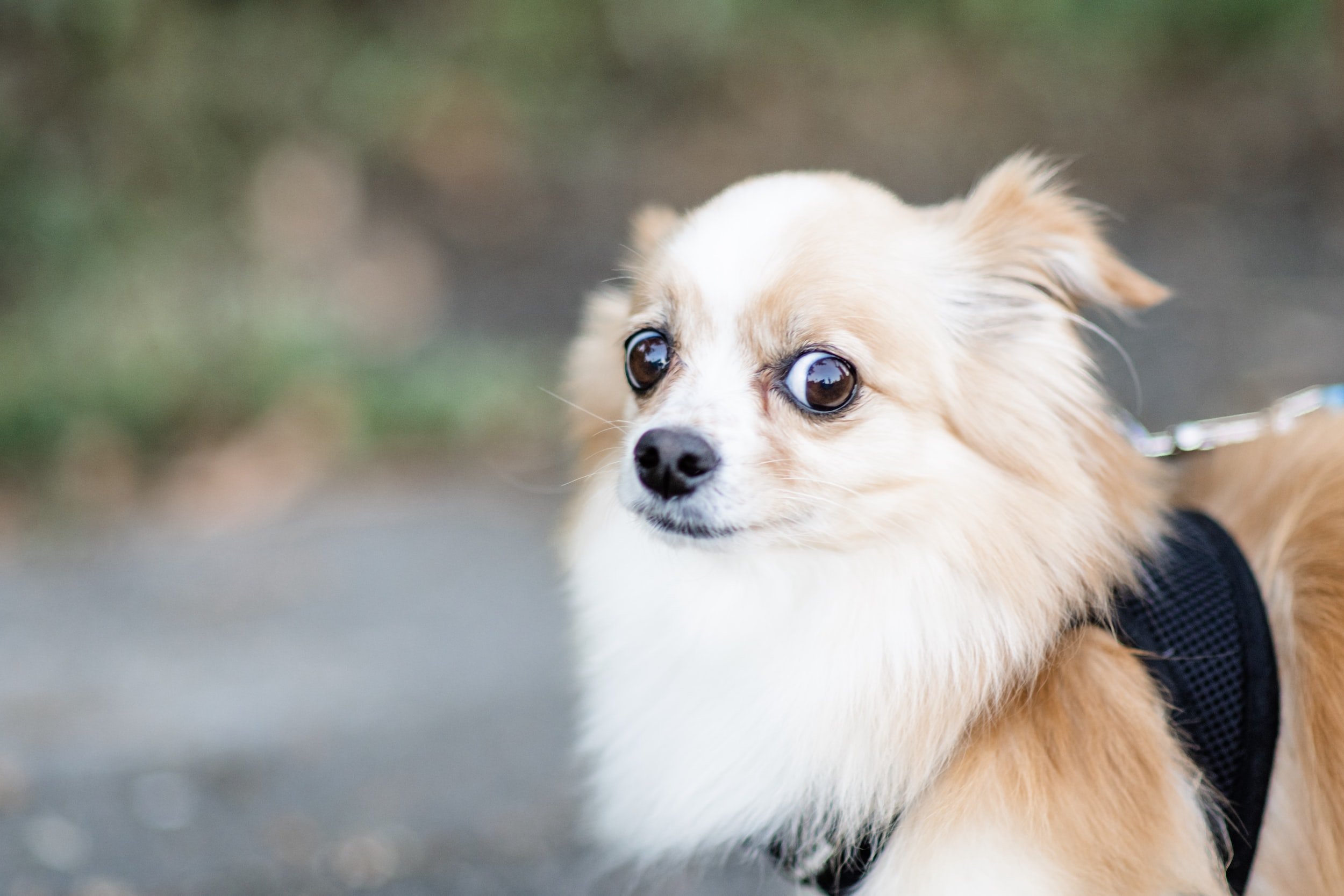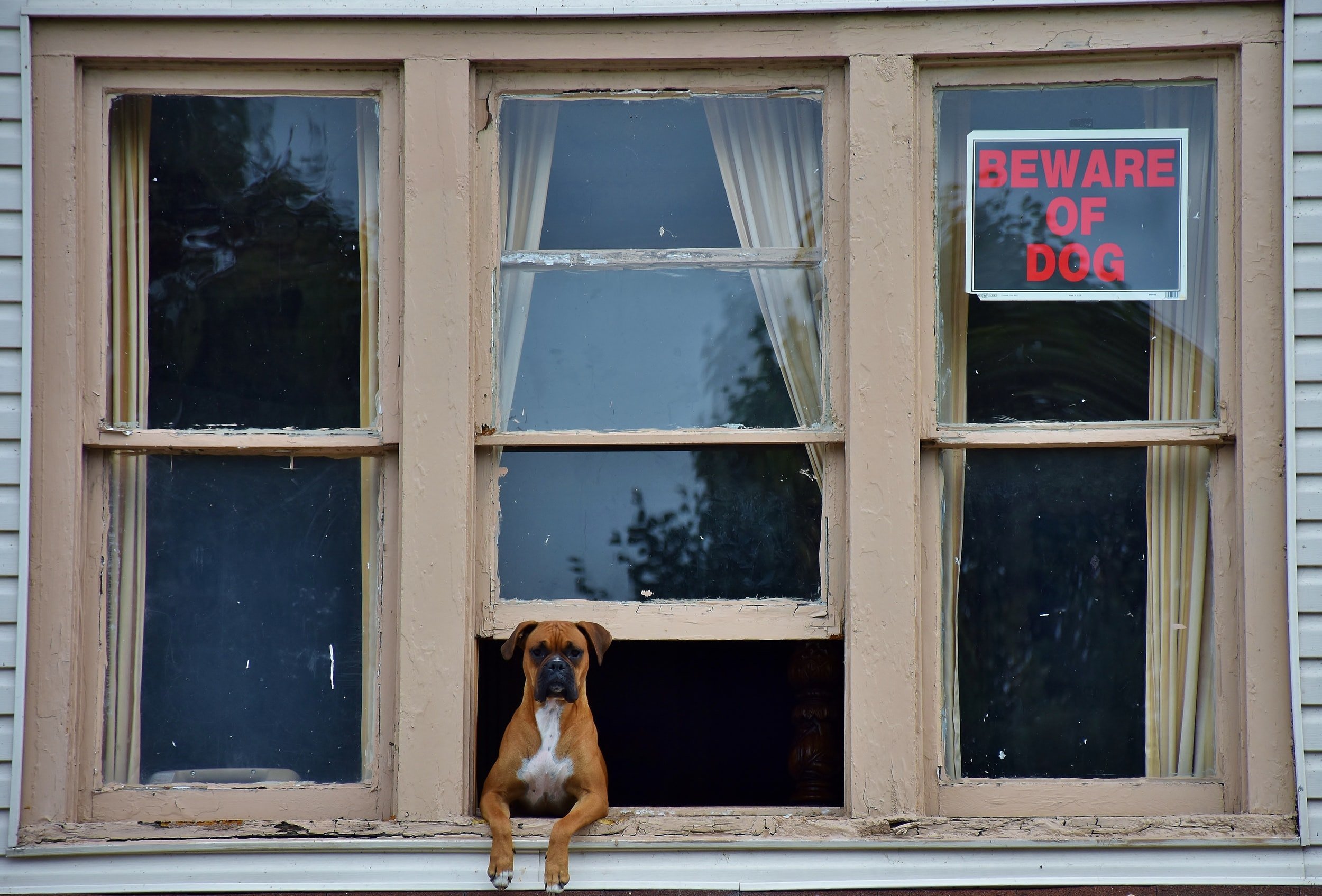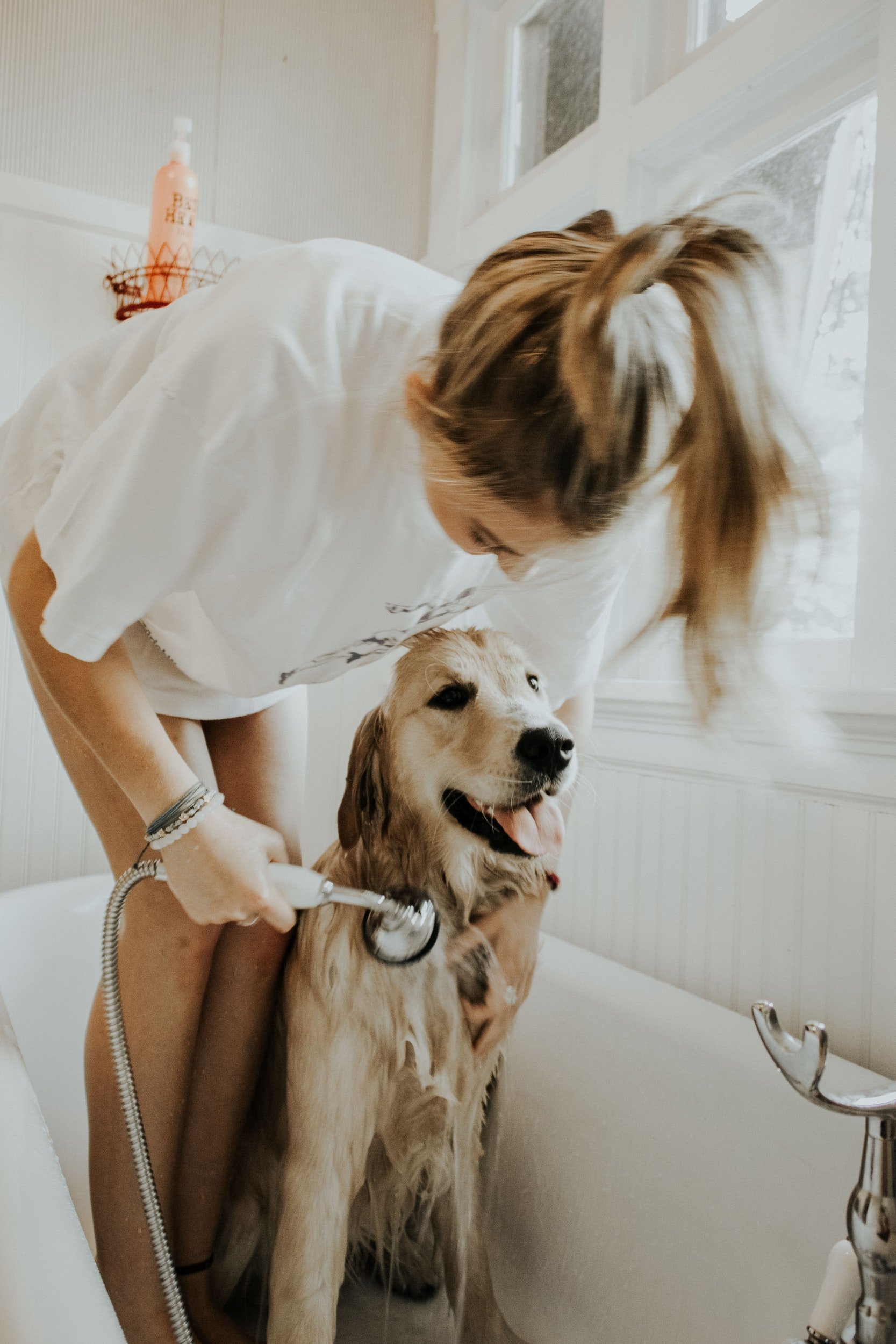Does your dog bark alllll day long? Does it drive you crazy? Read on. (Photo: black and tan Pomeranian yawning)
Tired of listening to your dog bark all day?
If your dog spends most of her day running to windows and doors barking her head off, it can be very difficult to:
-have a Zoom meeting
-get any work done
-relax after dinner with a book or a TV show
-keep your baby sleeping through all of the noise
-have guests over
When your dog barks at every little noise, it adds stress to an already stressful workday (Photo: woman with her head in her hands, elbows on her desk in front of her computer, phone, and eye glasses)
You may have tried:
-sending your dog to her bed
-negotiating with your dog (Please stop barking. Please. I’ll do anything.)
-yelling “Quiet!” “Enough!” “No bark!”
Before our training sessions begin, a lot of clients say “I send her to her bed and she goes…most of the time. The problem is that as soon as I go back to doing whatever I was in the middle of, she’s off the bed and right back at it.”
The problem with “go to your bed” is that there’s no implied stay built into this command. Your dog goes. You say “Good girl,” and the transaction is over. She’s free to do as she pleases. You want her to stay, but you haven’t told her to stay.
So she goes right back to the window (Photo: Boxer with his head, chest, and front feet sticking out of an open window)
Enter the place command.
The place command teaches dogs to have an off switch. It’s a calm zone. A zen zone. And when you teach it correctly, it has an implied stay built right in.
Dogs find placework very relaxing (Photo: Kano the cattle dog mix learning the place command for the very first time)
If your dog is currently spending her time barking at:
-delivery people
-noisy pedestrians
-mail carriers
she is actually learning that her barking is what makes these things go away from your house. This is confusing to dogs because when you invite guests over they think that barking will make them leave. This can lead to all sorts of scary moments at your front door (growling, lunging, air snapping, bites, etc)
The place command can also help you when you answer your door to greet your visitors. See how that calm zone and implied stay help with more than having a nice quiet day?
We’ve helped so many families who were struggling with their dog’s constant barking. Let us help you. Schedule your free call now.
Your dog isn’t too old to learn this. This week, we taught Penny the 9-year-old chocolate lab how to love place. Check her out on our story highlight (place) on Instagram at GoBeyondDogTraining.
For more videos about the place command, check out our recent TikTok videos featuring Magic the Rottweiler and Lola the German Shepherd.
You deserve to enjoy a nice quiet home.
Alyssa
Photos by: Alexey Demidov @alexeydemidov (black and tan Pomeranian yawning,) Elisa Ventur
@elisa_ventur (woman with her head in her hands, elbows on her desk in front of her computer, phone, and eye glasses,) Upsplash Image (Boxer with his head, chest, and front feet sticking out of an open window,) Alyssa Foulkes (Kano the cattle dog mix learning the place command for the very first time,)








